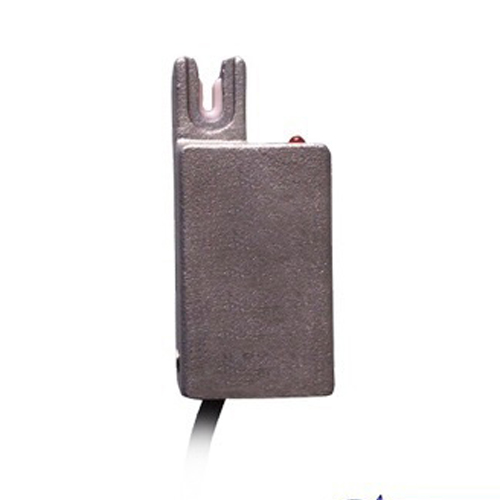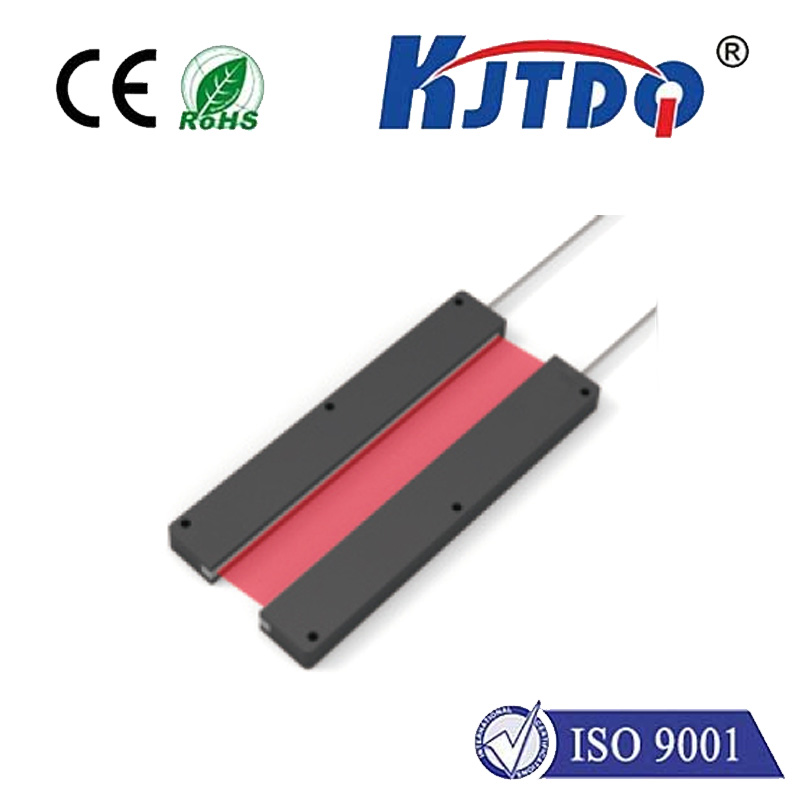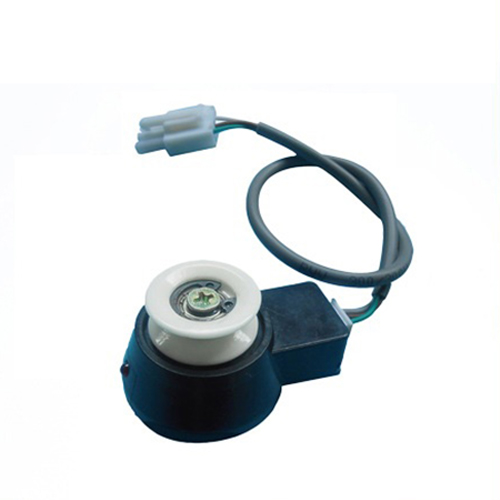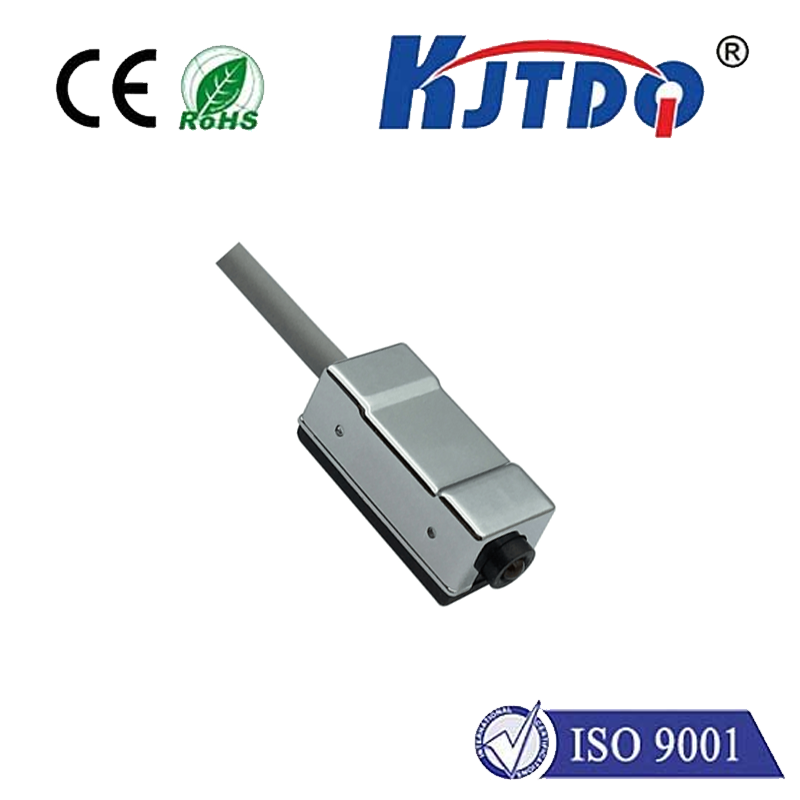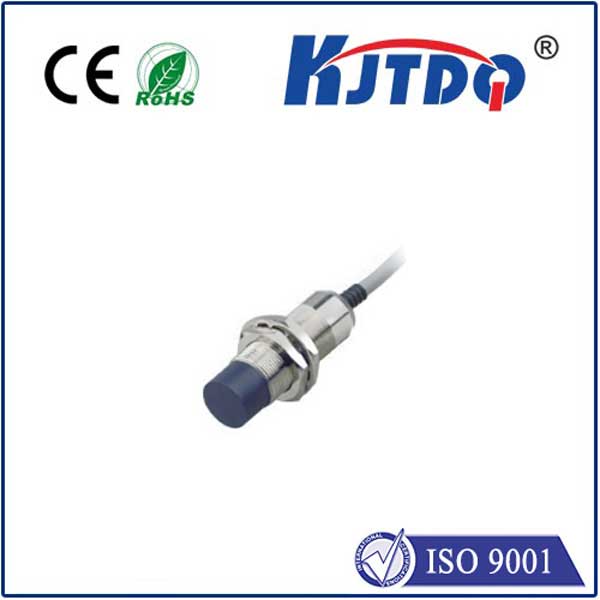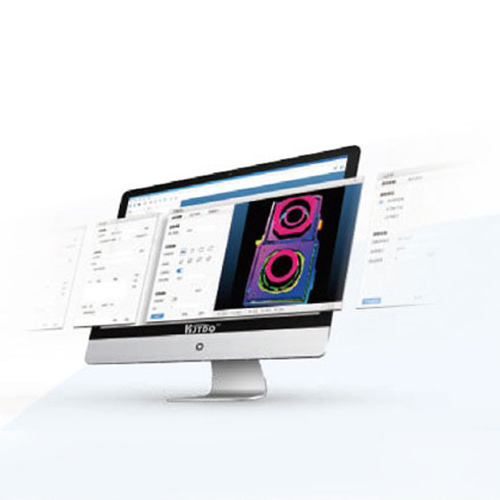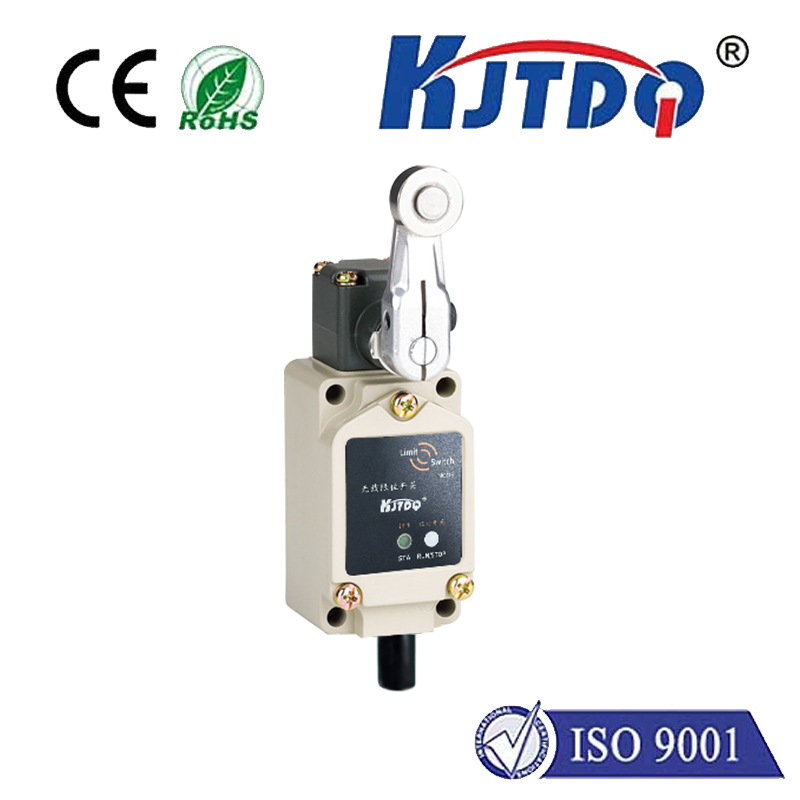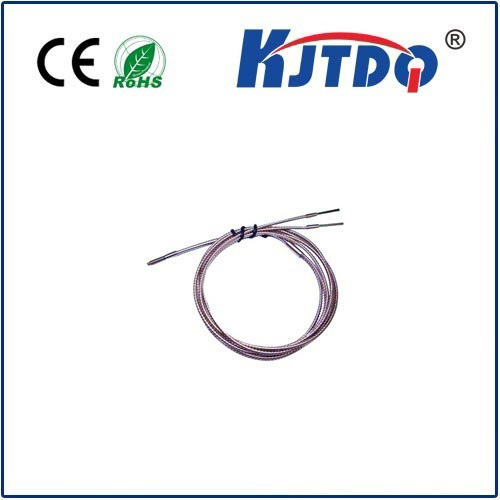remote optical sensor
- time:2025-08-16 03:20:08
- Click:0
Remote Optical Sensors: Unveiling the Invisible Across Industries
Imagine a wildfire raging in rugged wilderness, too dangerous for ground crews. Satellites orbiting hundreds of miles above pinpoint hotspots with infrared precision. Picture a delicate microchip on a high-speed assembly line, inspected flawlessly without physical contact. Envision a physician analyzing tissue health deep within the body, guided by light. At the heart of these scenarios lies a transformative technology: the remote optical sensor.
Fundamentally, a remote optical sensor is a device that detects and measures light properties – such as intensity, wavelength, polarization, or phase – emitted from or reflected by an object or environment without making physical contact with it. This key characteristic of non-contact measurement unlocks a world of possibilities, enabling observation, analysis, and monitoring that would be impossible, inefficient, or destructive using conventional methods. These sensors function as sophisticated eyes, often operating in wavelengths beyond human vision, gathering critical data across vast distances or on minuscule scales.
How Do They Work? The Core Principles
These sensors detect electromagnetic radiation, primarily within the ultraviolet (UV), visible, and infrared (IR) spectral bands. The basic process involves:

- Emission or Illumination: Light can originate naturally from the target (e.g., thermal infrared radiation emitted by warm objects) or be actively generated by the sensor system itself (e.g., a laser in LiDAR).
- Interaction: This light interacts with the target. It might reflect off the surface, scatter, be absorbed, or even cause the target to fluoresce. The nature of this interaction depends on the target’s composition, structure, temperature, and surface properties.
- Collection: Optics (lenses, mirrors, telescopes) gather the modified light signal.
- Detection and Conversion: A photodetector (like a photodiode, CCD, or CMOS sensor) converts the incoming photons into an electrical signal.
- Signal Processing and Analysis: Sophisticated electronics and software algorithms process this signal. This step involves filtering noise, amplifying weak signals, and most importantly, performing spectral analysis to identify specific wavelengths or signatures. This analysis yields the desired information about the target – its presence, distance, composition, temperature, motion, or chemical makeup.
The Compelling Advantages: Why Go Remote?
The remote sensing technology approach inherent in these sensors offers distinct benefits driving their widespread adoption:
- Non-Destructive & Non-Intrusive: Avoids altering or damaging the object being measured, crucial for delicate biological samples, historical artifacts, or in-process manufacturing checks.
- Safety: Enables monitoring of hazardous environments (volcanoes, nuclear facilities, chemical spills, active warzones) from a safe distance.
- Accessibility: Reaches locations physically inaccessible to humans or probes, like deep ocean trenches, distant planets, or the interior of complex machinery.
- Scalability and Speed: Can cover vast areas quickly (satellites, aerial drones) or perform extremely rapid measurements on production lines.
- Rich Data: Provides detailed spatial, spectral, and sometimes temporal information, far exceeding what simple contact probes can deliver. Multi-spectral and hyperspectral imaging sensors capture data across numerous narrow bands, creating unique spectral fingerprints for different materials.
Revolutionizing Industries: Key Applications
The versatility of remote optical sensing makes it indispensable across countless sectors:
- Earth Observation & Environmental Monitoring: Satellites equipped with advanced optical instruments track deforestation, monitor crop health (precision agriculture), detect ocean pollution, measure sea surface temperature, assess snow and ice cover, and map atmospheric gases. Ground-based sensors monitor air quality and water pollution remotely.
- Industrial Automation & Quality Control: On factory floors, remote sensors perform critical tasks:
- Non-contact measurement: Precisely gauging dimensions, thickness, or surface profiles of products moving at high speed.
- Defect Detection: Identifying scratches, cracks, or contaminants on surfaces using specific illumination and imaging techniques.
- Thermal Imaging (Infrared Thermography): Monitoring equipment temperature for predictive maintenance to prevent failures.
- LiDAR (Light Detection and Ranging): Creates detailed 3D maps for robotic navigation, inventory management, and surveying. Process control relies heavily on real-time optical sensor data.
- Healthcare & Biomedical Research: Optical sensors enable non-invasive diagnostics:
- Pulse Oximeters: Measure blood oxygen saturation through the skin using light absorption.
- Endoscopes & Surgical Guidance: Utilize miniature cameras and optics for internal visualization.
- Spectroscopic Analysis: Identify tissue types (e.g., cancer detection) or measure blood glucose levels non-invasively (active area of research).
- Remote Patient Monitoring: Wearable optical sensors track vital signs.
- Defense, Security & Surveillance: Used in perimeter security systems (intrusion detection), missile guidance (seekers), target identification, chemical/biological agent detection, and reconnaissance drones.
- Scientific Research & Space Exploration: Remote sensors on spacecraft like rovers and orbiters analyze planetary atmospheres, surface composition, and search for water or signs of life. Ground-based telescopes use advanced optics to study distant stars and galaxies. Laboratories utilize them for spectral analysis of materials.
Driving Efficiency and Innovation: The Tangible Impact
The economic and operational impact of advanced optical sensing is profound:
- Enhanced Productivity: Automated inspection lines using optical sensors boost throughput and reduce costly human intervention in manufacturing.
- Improved Quality: Consistent, high-speed detection of defects leads to higher product reliability and reduced waste.
- Safety Cost Savings: Preventing accidents in hazardous environments through remote monitoring translates directly to lower insurance premiums and liability.
- Data-Driven Decisions: Rich optical data feeds into analytics platforms, enabling optimization in agriculture (resource use), logistics (inventory tracking), and environmental management (targeted interventions).
- New Product Development: Enables creation of compact, portable analytical devices (e.g., handheld material analyzers) and fuels advancements in autonomous vehicles and robotics.
Future Horizons: Continuous Evolution
Remote optical sensor technology is far from static. Key trends driving its future include:
- Miniaturization: Shrinking sensor sizes for integration into wearables, smartphones, and miniature drones.
- Increased Sensitivity and Resolution: Detecting fainter signals and capturing finer spatial details.
- AI & Machine Learning Integration: AI algorithms dramatically improve the speed and accuracy of analyzing complex spectral data for pattern recognition, anomaly detection, and classification.
- Cost Reduction: Making sophisticated remote sensing capabilities accessible to smaller businesses and research institutions.
- Multi-Sensor Fusion: Combining optical data with inputs from other sensors (radar, acoustic, inertial) for a more comprehensive and robust understanding of the environment.
From the depths of the ocean to the expanse of space, from the intricacies of the human body to the relentless pace of modern manufacturing, remote optical sensors provide the vital capability to see, measure, and understand our world—and beyond—without ever needing to touch it. As the technology continues its relentless evolution, integrating with AI and becoming ever more accessible, its potential to drive innovation, enhance safety, and solve complex global challenges across diverse industries is virtually limitless.













